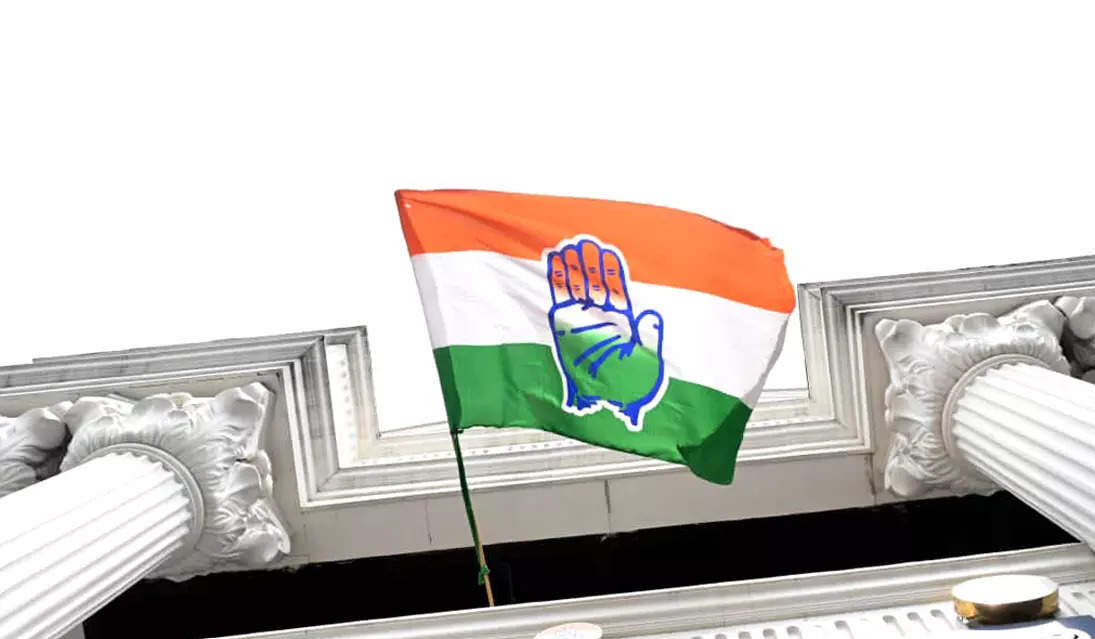
The Congress party in Uttar Pradesh has been reworking its electoral strategy by wooing Brahmin voters. The party had for decades used a “Brahmin-Dalit-Muslim” formula, which had allowed it to dominate Uttar Pradesh politics. The Congress is now preparing to return to that very formula. After a long hiatus, it has switched gears from political moderation to a more assertive stance. The new leadership also openly identifies as Hindu, chanting “Har Har Mahadev” in public forums.
This change in strategy follows the appointment of Ajay Rai as the president of the Uttar Pradesh unit. Rai is a former Varanasi MLA who contested against Prime Minister Narendra Modi in the Lok Sabha. He is from the Brahmin community—which the party hopes will placate Brahmin voters—and is known for his bold and determined leadership. The Congress has constantly been making efforts to regain lost support in UP. The party believes that adopting an aggressive approach and addressing caste equations will help strengthen its standing in the state. The Congress once relied on Brahmin leadership to hold sway in state politics. However, as the party experimented with its strategies, support waned.
At Rai’s appointment, pandits performed traditional rituals at the Congress’ Lucknow office. He then confirmed that Rahul Gandhi would be contesting from Amethi and that Priyanka Gandhi Vadra could contest from “wherever she wishes” for the Lok Sabha elections.
Before appointing Rai as president, the Congress made several attempts to revive itself in UP but failed each time. Analysts believe that as long as the Congress had a Brahmin leader, the party remained relevant, but when the party experimented with other caste alliances, it lost ground. An aggressive approach and the Brahmin factor worked for the party, winning significant seats in both the Assembly and Lok Sabha elections. Under Rita Bahuguna Joshi, the Congress won 21 seats in 2009 and 28 seats in 2012. From 2012 to 2016, Nirmal Khatri served as the state president, but during his tenure, the party’s condition deteriorated. In the 2014 Lok Sabha elections, the Congress only managed to win Amethi and Rae Bareli. In 2016, Raj Babbar became the state president, and the party aligned with the Samajwadi Party, but lost its base nevertheless. In 2017, it won only seven seats, and in the Lok Sabha elections, it lost Amethi as well. In an effort to revive itself in Uttar Pradesh, the Congress changed its strategy. It appointed Dalit leader Braj Lal Khabri as president, but this did not yield significant results. The party faced internal dissent, several members left and it performed poorly in local elections. To combat this, the Congress has entrusted Rai to revitalise the party and is planning to conduct over 30 rallies in the state, led by Mallikarjun Kharge. The grand old party has been going through its toughest phase in the state ans is trying to balance its aggressive approach with its traditional social equations. However, it faces significant challenges, and it remains to be seen how successful their strategy will be.